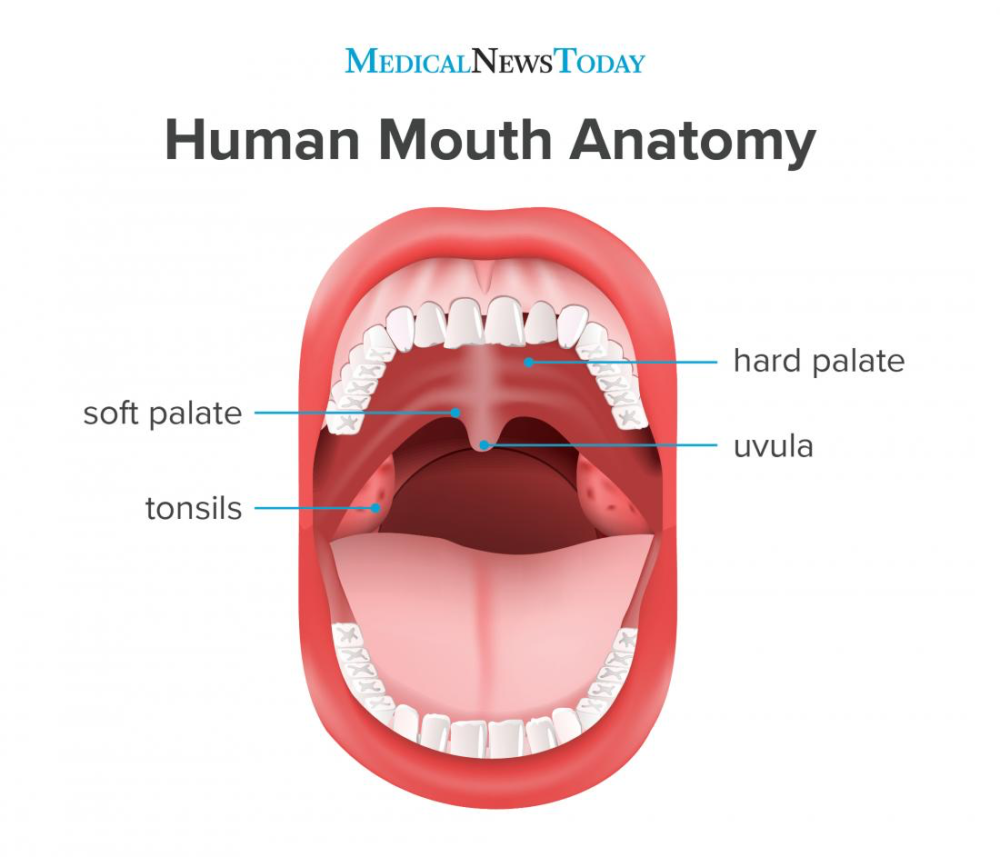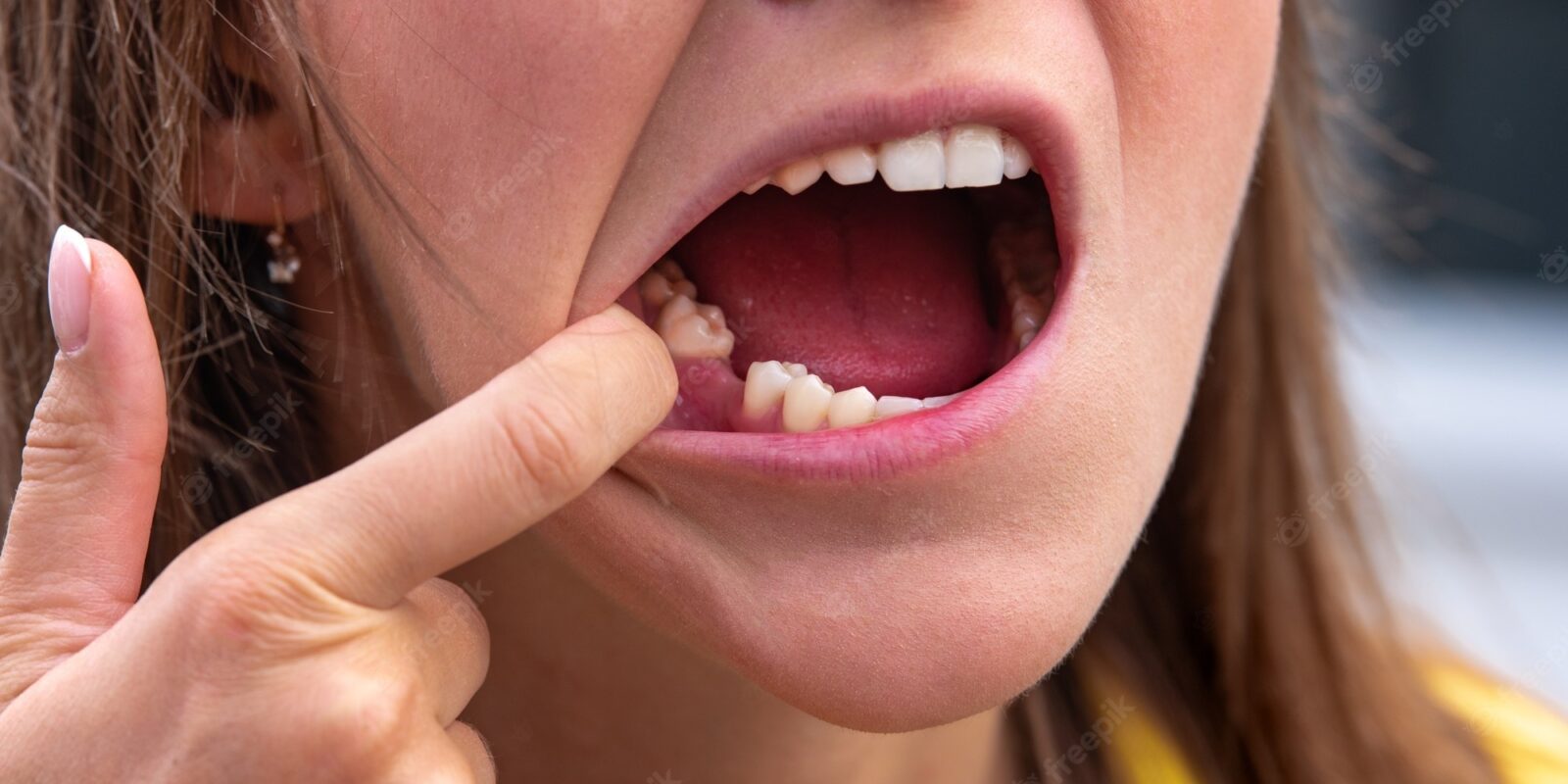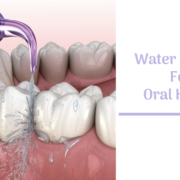Both the buccal and oral cavity are anatomical structures of the mouth. They are both home to several structures, such as teeth, gums, and lips. They both serve similar functions. So what is the difference between buccal vs. oral cavity? Both terms refer to different regions within your mouth, but they also refer to different processes that take place in your mouth.
Overview of buccal and oral cavity
The buccal cavity is a space that surrounds the lips and cheeks of the face. It’s also where you will find the buccinator muscle which is why some sources use this term to describe this area of the face as well. The buccal cavity contains all of the salivary glands that secrete saliva into the mouth for digestion and speech. The oral cavity on the other hand is an anatomical region found inside your mouth; it’s home to your tongue, gums, teeth, and tonsils as well as many other smaller structures (called papillae).


What is the buccal cavity?
The buccal cavity is a space that surrounds the lips and cheeks of the face. It’s also where you will find the buccinator muscle which is why some sources use this term to describe this area of the face as well. The buccal cavity contains all of the salivary glands that secrete saliva into the mouth for digestion and speech. It is made up primarily of the mucous membrane.
This membrane is found all over the body, but it is especially common in mucous membranes. The tissue is made up of two layers. The mucosa is the innermost layer of the membrane and it contains glands that secrete mucus. The submucosa is the middle layer that contains blood vessels and nerves.
What is the oral cavity?
The oral cavity is an anatomical region found inside your mouth; it’s home to your tongue, gums, teeth, and tonsils as well as many other smaller structures (called papillae). The oral cavity is surrounded by 3 different anatomical structures: the buccal cavity, the pharynx, and the nasal cavity. The oral cavity is made up of 4 layers.
The top layer is the mucosa which is made up of the same tissue as the mucous membrane found in the other parts of your oral cavity.
The second layer is the connective tissue, which holds the other layers of the cavity together.
The third layer is the muscle, which allows you to move your tongue and other structures in your mouth.
The last bottom layer is the mucous membrane again.
Difference between buccal and oral cavity
If you look at the definition of buccal and oral cavity, they both refer to the mouth. So how can they be different? The difference between the two lies in where they are located and what they are used for. The oral cavity is primarily a place for food processing and it’s where the teeth are located. In contrast, the buccal cavity is an area that is used for salivary production, tasting, and speech. The oral cavity is also sometimes referred to as the digestive organs of the mouth or the gastrointestinal tract of the mouth.
Summary
The main difference between buccal vs. oral is the location within the mouth and what the two terms are used for. The oral cavity is where the teeth are found and where food is broken down. The buccal cavity is where saliva is produced and where taste and speech occur. If you want to make sure you don’t confuse the two terms, you should remember that the buccal cavity lies outside of the oral cavity, surrounding the lips and cheeks.






